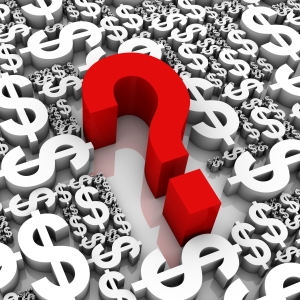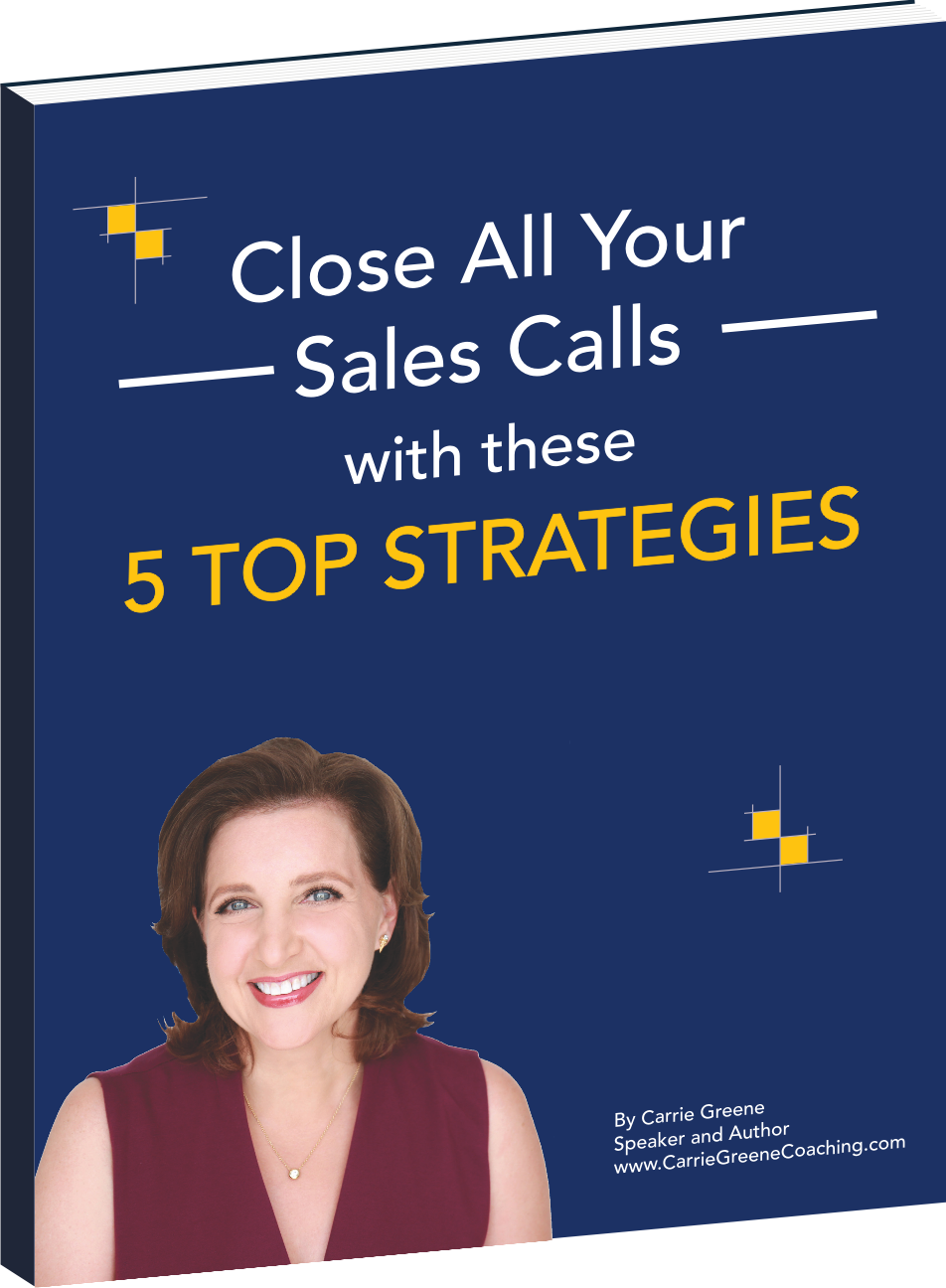 I’ve been getting a lot of questions about “pricing” lately so I wanted to share my pricing philosophy, and the system I use, to set prices for my own products and services.
I’ve been getting a lot of questions about “pricing” lately so I wanted to share my pricing philosophy, and the system I use, to set prices for my own products and services.
Let’s start with my philosophy.
Here’s the thing about pricing… it really doesn’t matter what the price of a product or service is. The only thing that matters is your belief in the price and your ability to transfer that belief to a customer.
Tweet: The price you put on your product or service is what you believe it is worth. @CarrieCoaching
I’ve seen two identical bottles of water selling anywhere from $0.99 to $4.99. It all depends on where you buy it. And there doesn’t seem to be a shortage of buyers at either price.
I’ve seen coaching programs priced from $50 an hour to $100,000 for a year.
It all comes down to how valuable the person who set the price sees their product or service.
Let’s look at the water. Some things to consider are:
- Availability: How easy it is to get and if there are other stores selling the same product nearby.
- Demand: How much demand is there for water. How badly did his potential customers want the water? Do they need to encourage clients to buy it? Would it be a quick add on “no brainer” type of purchase or would customers come into the store just to buy water?
- Quality or uniqueness of product: Was there anything special about the water that he was selling? Was it available elsewhere?
- Importance of the product is to the potential customer. What would happen to the potential customer if they did not have the water? Were there other options available to them? What would having the water do for the client? How would they feel, or what would they experience, (or not experience) because they had it?
So what about you? How do you price your products or programs? Especially if what you sell is a service and not a physical product?
I was speaking with one of my top-level clients about pricing one of her programs. She was concerned that the price was too high, that she wouldn’t be delivering enough value for the price and wanted to add more features to the program (there is more about features further on in this article).
I listened and when she was done I asked her if she believed in herself. Did she believe that the content that she planned to deliver would serve the people who registered for the program? I asked her if she believed that she was qualified to teach that material?
She told me that without a doubt she was qualified to teach the material and that she was certain that the material had the potential to change the lives of the people who joined the program.
So how do you price and structure your program?
What are the features of the program?
What specifically are you offering? How many sessions or classes is the program? Is the material being offered virtually or in person? Is it a group experience? Are you going to work one-on-one with people? Is it a self-guided program or are you going to deliver the material?
What are the benefits of the program?
What do they get, what are they able to do, what do they experience or what do they no longer experience because of the program that you offer?
This is very important. It might sound crazy but the people who buy your products and programs are not buying your products or programs, they buy the experience they get by using your products or programs. For instance, you do not buy a chocolate bar; you buy the experience you have when you eat the chocolate bar. You do not buy a gym membership; you buy the experience you have at the gym and more likely, the results you get from what you do at the gym.
What is your strategy for the program?
Is this program a client’s first experience with you? Do you want it to be a “no-brainer” purchase? Is the program meant to be a pathway to other programs? Do you want the program to be more of an exclusive program? For instance, I have a variety of programs and products priced at various levels. Some are priced to sell. These programs give people an opportunity to get to know me and give me an opportunity to offer them higher-level programs when appropriate. Other programs are more exclusive and are at higher prices.
What do you want to offer?
I can’t stress how important this is. So many people want to “validate” their prices by offering more features. They throw in extra bonuses, add more calls or classes or give more of their own time. Take a moment to consider two things. First: What do you want to give? How much time and energy do you want to put in? What is going to work for you? Second: What does your client really need? What will solve your client’s problem? Most likely your client does not need more than the basic program. It is more likely that you want to put more in to make you more comfortable with the price.
Now we go back to our water example and availability, demand, quality and importance of your product.
Availability: Does anyone else offer something similar to you? Most likely yes. What is their price? Who are their customers? Do you want to compete with them? How many spots do you have to offer in your program? Do you want many people in it or just a select few?
Demand: There must be a demand for your product. If there is no demand then do not offer it. I like to create products or programs when people ask me for them. That way I know that there is a demand.
Quality: Is the quality of your product Wal-Mart or Nordstrom? Both companies make a lot of money and both have very sound markets. They key for you is to know which market you want to cater to and price your products and services accordingly.
Importance: What will your customers experience because they bought from you? What do people who do not buy your product miss out on?
What it all comes down to is that the price you put on your product or service is what you believe it is worth. The trick is to believe in your product, and to market it confidently with a focus on the benefits your clients get through it so that your clients see the value in it that you do.
What are your thoughts on pricing? Go ahead and share them in the comments section below.

Leave a Reply